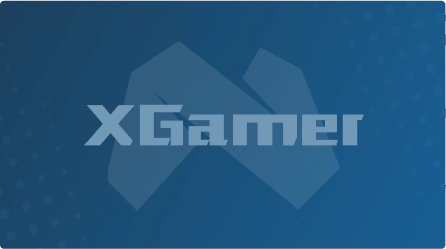
All Announced Games at TGA 2025
The Game Awards is a time to celebrate games that came out over the past year and announce what new titles are coming up next, and TGA 2025 is no exception. Aside from new game reveals, we also learned that some titles previously revealed will appear on new platforms.
New announcements made at TGA 2025 are:
2XKO : January 2026 (PS5, Xbox Series X)
4Loop : TBA (PS5, Steam)
Ace Combat 8: Wings of Theve : 2026 (PS5, Xbox Series X, Steam)
Audio Mech: Your Music Transformed : TBA (Steam)
Bradley the Badger : TBA (Steam)
Control Resonant : 2026 (PS5, ,Xbox Series X, Steam, Epic)
Coven of the Chicken Foot : TBA (Steam)
Decrepit : TBA (Steam)
Divinity : TBA (TBA)
Exodus : Early 2027 (PS5, Xbox Series X, Epic, Steam)
Gang of Dragon : TBA (TBA)
Highguard : January 26, 2026 (PS5, Xbox, Steam)
Invisible VS : April 30, 2026 (PS5, Xbox Series X, Steam)
John Carpenter’s Toxic Commando: March 12, 2026 (PS5, Xbox Series X, PC)
Lego Batman: Legacy of the Dark Knight : May 29, 2026 (PS5, Xbox Series X, Switch 2, PC)
Megaman: Dual Override : 2027 (PS4, PS5, Xbox, Switch, Switch 2, Steam)
Nioh 3 : February 6, 2026 (PS5, Steam)
No Law : TBA (PS5, XBox Series X, Steam, Epic)
Ontos : 2026 (PS5, Xbox Series X, Steam)
Orbitals : 2026 (Switch 2)
Order of the Sinking Star : 2026 (Steam)
Out of Words : 2026 (PS5, Xbox Series X, Switch 2, Epic)
Phantom Blade : September 9, 2026 (PS4, PS5, Steam, Epic)
Phasmophobia : 2026 (Switch 2)
Pragmata : April 24, 2026 (PS5, Xbox Series X, Switch 2, Steam)
Saros : April 30, 2026 (PS5)
Screamer : March 26, 2026 (PS5, Xbox Series X, Steam)
Solasta II : March 12, 2026 (Steam)
South of Midnight : Spring 2026 (PS5, Switch 2)
Star Wars: Fate of the Old Republic : TBA (Consoles, PC)
Star Wars: Galactic Racer : 2026 (PS5, Xbox, Steam, Epic)
Stupid Never Dies : 2026 (PS5, Steam)
TankRat : Spring 2026 (PS5, Steam, Epic)
The Free Shepherd : 2027 (PS5, Steam)
Tomb Raider: Catalyst : 2027 (PS5, Xbox Series X, Steam)
Tomb Raider: Legacy of Atlantis : 2026 (PS5, Xbox Series X, Steam)
Total War: Warhammer 40,000 : TBA (PS5, Xbox Series X, Steam)
Warlock: Dungeons and Dragons : 2027 (PS5, Xbox Series X, PC)
More information about many of the games will come out in the future. You can watch the archive of TGA 2025 at the show’s official YouTube channel.
The post All Announced Games at TGA 2025 appeared first on Siliconera .
 Popular Content
Popular Content Explore Topic
Explore Topic



